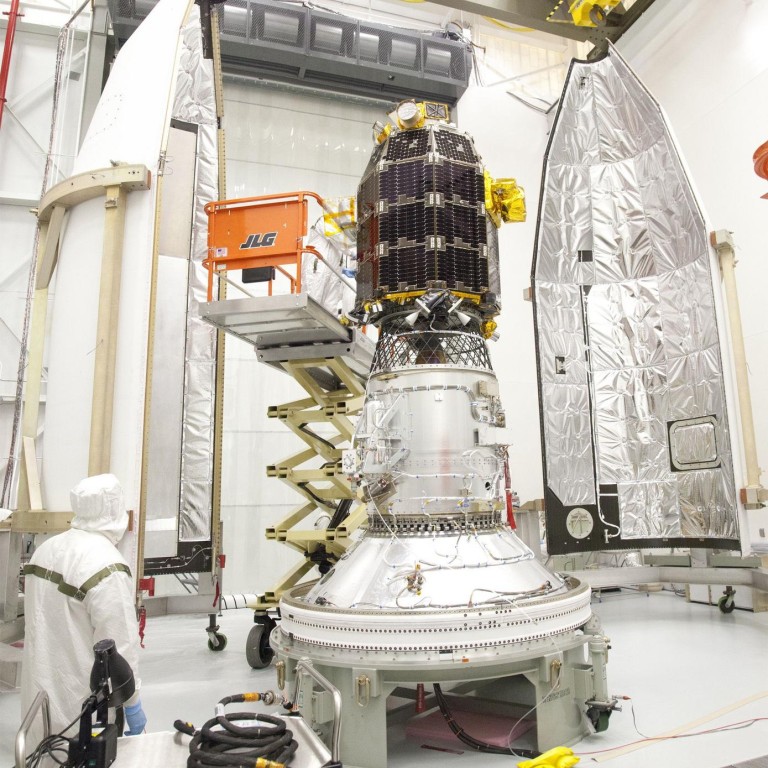
'Last' mission to moon launches debate on US space agency Nasa
Politicians ask what should come next for US space agency, as unmanned craft prepares to take off on final voyage of current schedule
The last moon mission on Nasa's current schedule is due to be launched on Friday, but political questions are already being raised about what the US space agency should do next.

The results of the scientific programme could be helpful in preparing for future manned missions to the moon.
But Nasa currently does not have any such plans.
Now some members of Congress have called on the space agency to return to the moon rather than pursuing its current space objectives.
Although there is wide agreement that Nasa should ultimately aim for a manned flight to Mars, that goal is far off.
The more immediate plan, which has been criticised on Capitol Hill, is to capture an asteroid and tow it closer to home so astronauts can visit it.
But Nasa has continued sending unmanned spacecraft to the moon - the coming mission will be the third in five years.
And although scientists are excited about what the experiment may yield, they are also concerned about the absence of future moon voyages on Nasa's schedule.
Dr David Kring, senior staff scientist at the Lunar and Planetary Institute, a Nasa-financed research institute in Houston, Texas, said: "If you're going to fly this mission with the goal of understanding the atmosphere and how dust might affect future human missions, and you don't have the future human missions, then part of the reason for the mission disappears."
Even if Nasa sits on the sidelines, traffic to the moon will be busy. China announced this past week that it would land its first exploratory rover on the moon by the end of the year.
India, Japan, Russia and the European Space Agency also have unmanned missions in the works. And Google is sponsoring a competition called the Lunar X Prize, offering up to US$20 million to the first company that can send a robotic spacecraft to the moon by 2015 and make it perform certain tasks.
The Smart car-size spacecraft to be launched this week, which Nasa calls the Lunar Atmosphere and Dust Environment Explorer (LADEE), will take 30 days to get into orbit around the moon.
It will then spend the next 30 days checking its equipment and proceed with scientific work for 100 days, searching for water molecules in the atmosphere and gathering data about the curious substance known as lunar dust.
Then the probe will take a death plunge into the rocky surface of the subject it is studying.
The LADEE spacecraft was conceived when Nasa was also planning new manned missions to the moon, which would have been the first since 1972.
The Obama administration cancelled that programme - called Constellation - in 2010, saying it was over-budget. But LADEE stayed in the pipeline.
Nasa said the launching would break technological ground. Previously, spacecraft were custom-made for each mission and the models were not reusable. This spacecraft was designed for assembly-line production, so future missions could save money by using identical components.
But at the moment, Nasa does not have other projects lined up to reuse the model.
